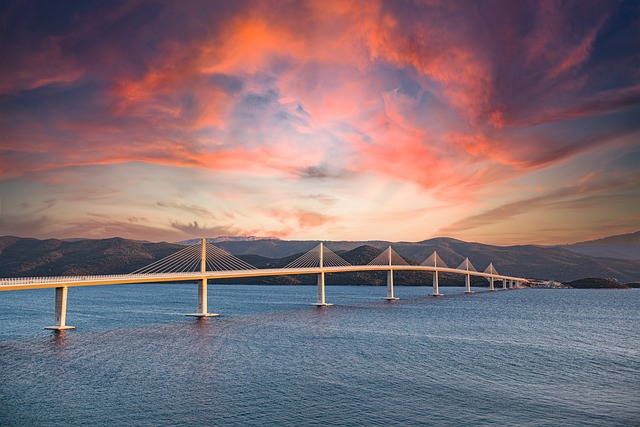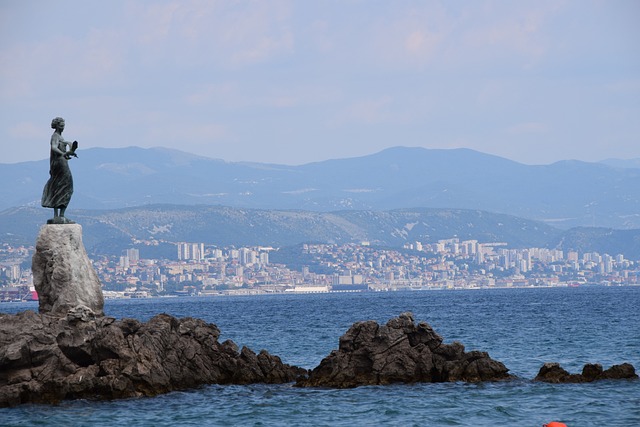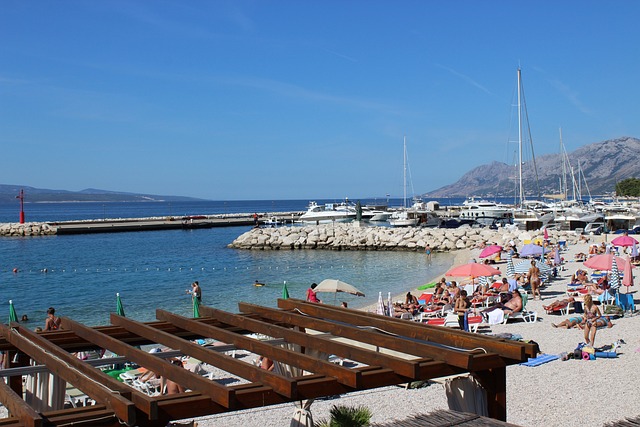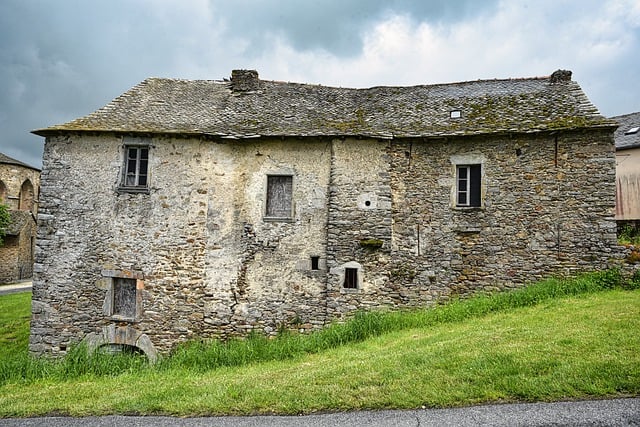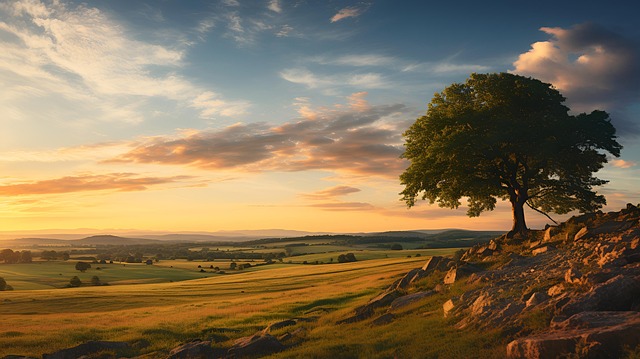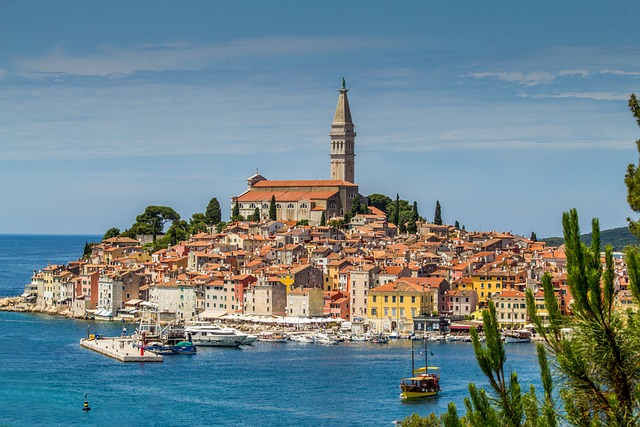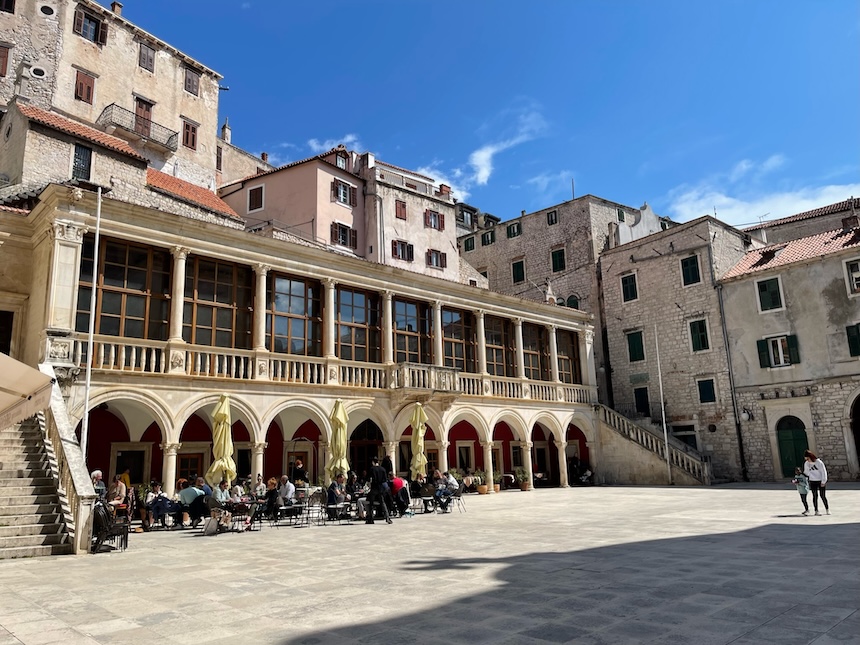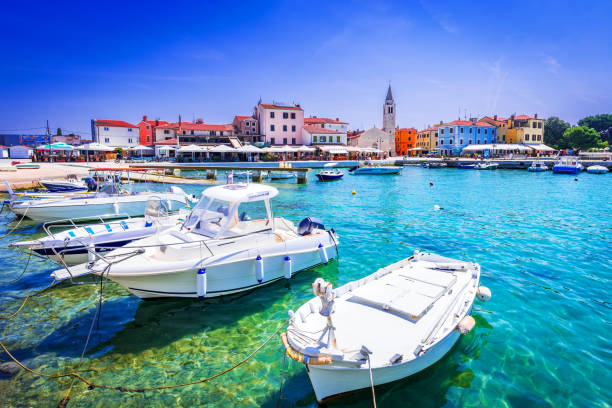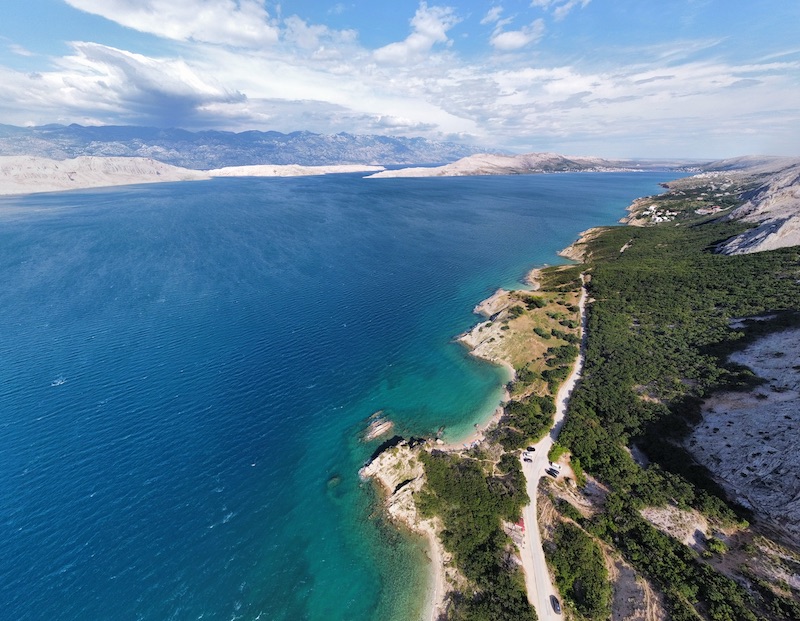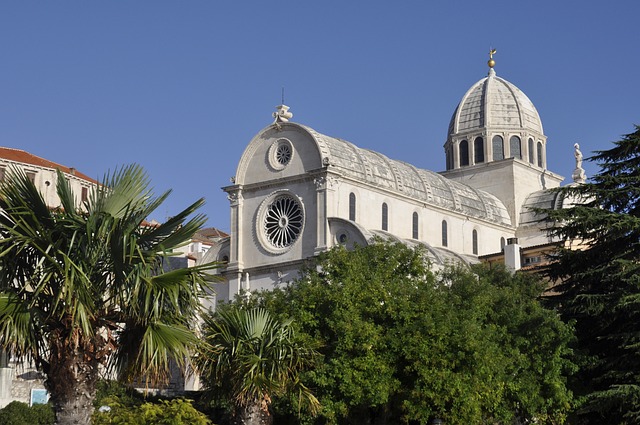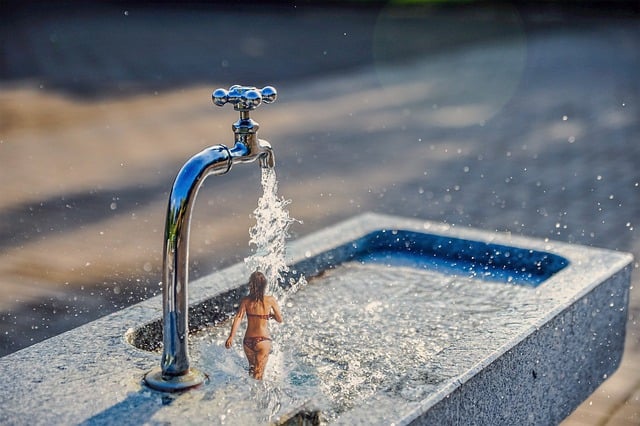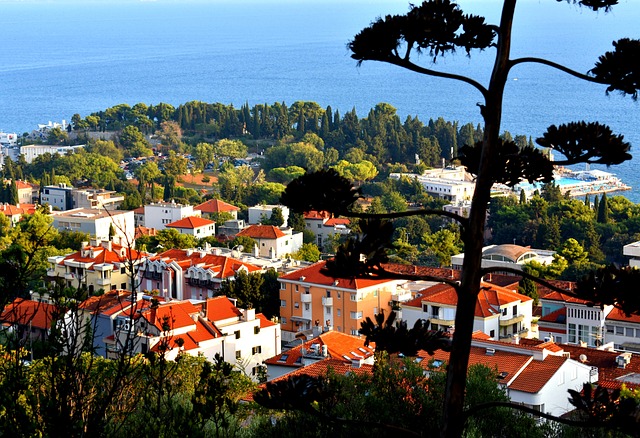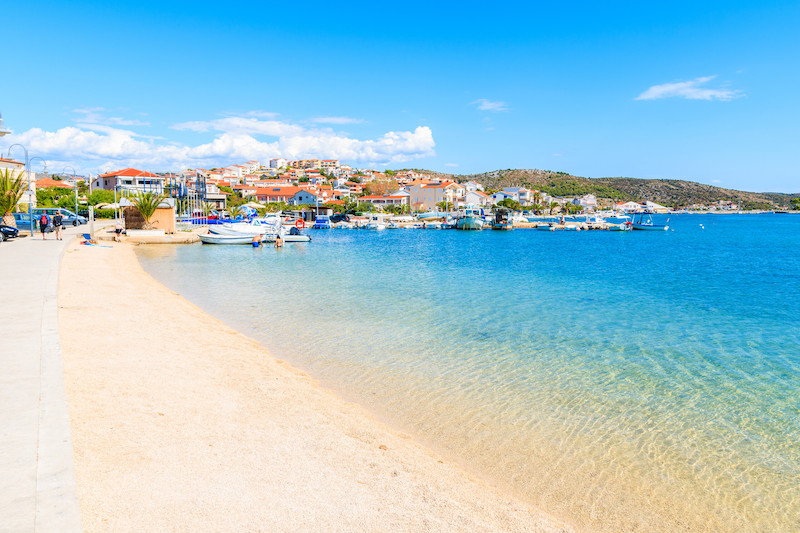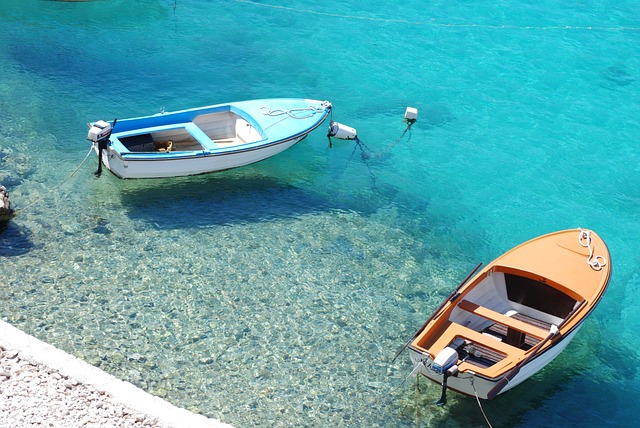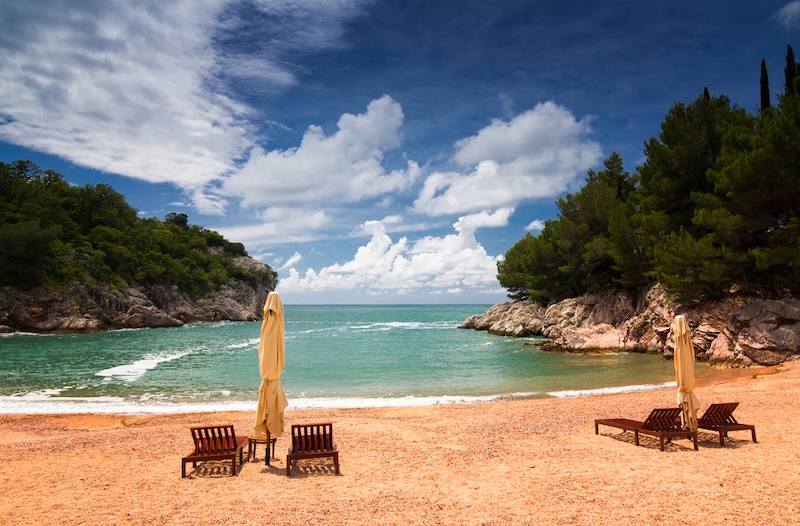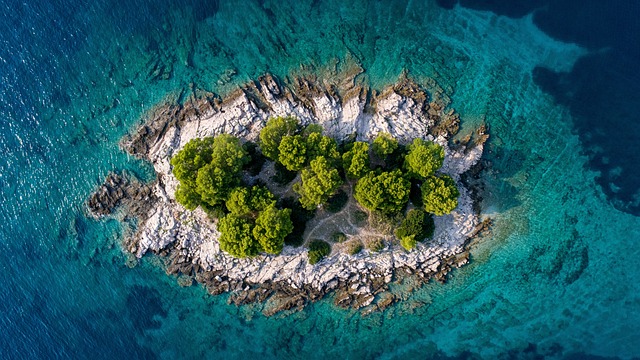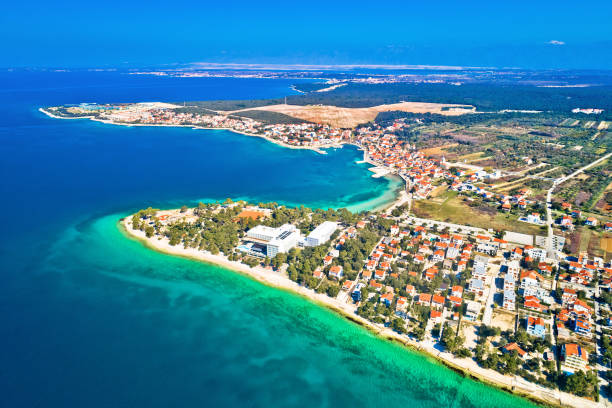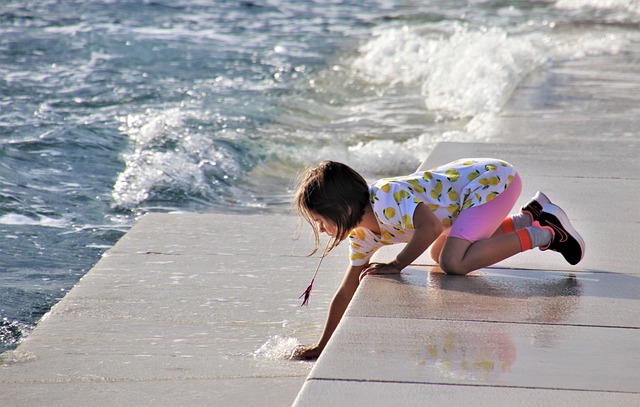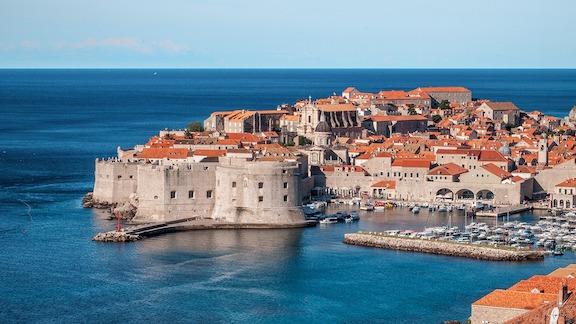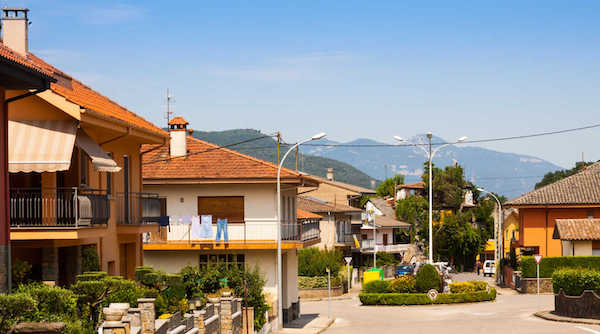
Zadar
The city of Zadar was an important naval base with the status of a rich and powerful independent municipality for practically the entire period of its existence, until the beginning
15th century. This is also proven by the preserved buildings, some of which date back to
from Roman times. The most interesting of them is undoubtedly the church of St. Donát, which was built in the 9th century. Zadar is also a city of museums. For example, visit the national, archaeological, maritime or museum and jewelry store in the monastery church of St. Francis.
Pag
It is located southeast of the island of Rab along the Kvarner coast, from which it is separated by the narrow Velebit channel. The island, which is about 60 km long, has a distinctive Mediterranean climate and is very popular with tourists due to the considerably long period of sunshine. In the valleys of Pag you will find hillsides with vines, fields where vegetables are grown, fruit orchards and olive groves. The town of Pag, the capital of the island, has preserved its medieval charm to this day - it is definitely worth a visit.
Split
Split, the largest city in Dalmatia, has 190,000 inhabitants and is also its tourist and cultural center. In the old part of Split, visit Diocletian's Palace. The center of the palace today is the cathedral of St. Duje with an octagonal floor plan, which arose from the original mausoleum of Emperor Diocletian, with a tower and a cathedral treasury, which, among other valuable objects, also houses the oldest Croatian manuscript. In front of the northern wall of the palace you will find the famous statue of Bishop Gregor of Nin. When you're in Split, don't miss the market of St. Dominica between Diocletian's Palace and the embankment.
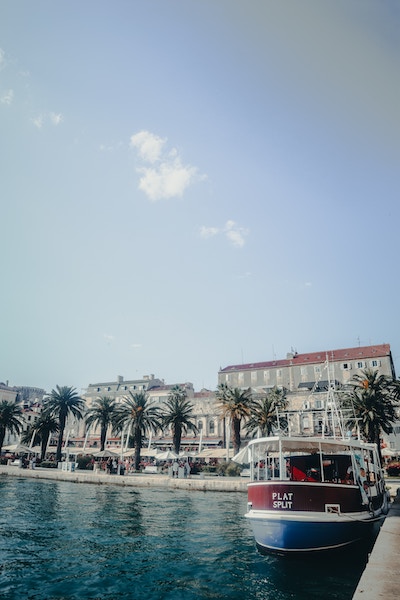
Brač
Visit the third largest island of the Adriatic Sea - the island of Brač. You can climb to the highest peak of the Dalmatian islands, the 778 m high Vidova Gora. The island is particularly popular with tourists thanks to its beautiful bays and pebble beaches. The most famous is Zlatý mys, which is considered the most beautiful in the entire Adriatic.
Hvar
The island of Hvar is often called the lavender island, this wonderful plant with an intoxicating aroma grows here in abundance. The island belongs to the most beautiful and popular islands of the Adriatic. It is also interesting that the sun shines here the longest of the year in the entire Mediterranean. The thousand-year history of the island has left its unmistakable mark here in the form of a considerable number of monuments. The most beautiful town on the island is clearly Hvar, which, together with the towns of Dubrovnik and Korčula, is one of the three most important architectural jewels of the entire Dalmatian coast.
Lošinj
Lošinj is one of the so-called Kvarner islands. It is located almost exactly halfway between the Istrian peninsula and the Croatian mainland, occupying an area of approximately 75 square kilometers. It is thus the eleventh largest island in the Adriatic. At the same time, almost the entire area is made up of extremely rich and dense vegetation, so we could say that it is a kind of green oasis in the middle of the Adriatic Sea. And thanks to the ubiquitous greenery that perfectly filters the air, and the clean coast, where dolphins stay, among other things, Lošinj is one of the sought-after destinations for tourists, including those who come to the local climatic spas in the towns of Mali and Veli Lošinj for healing stays.
Dubrovnik
Dubrovnik is nicknamed the "Pearl of the Adriatic" and is located in the southern part of Dalmatia - it has a subtropical climate. Dubrovnik is very popular with tourists thanks to its very well-preserved medieval city center enclosed by walls with a total length of 2 km with sixteen defensive towers from the 13th to 16th centuries. Countless preserved and unique monuments contributed to the fact that the city was included in the UNESCO World Heritage List in 1979









